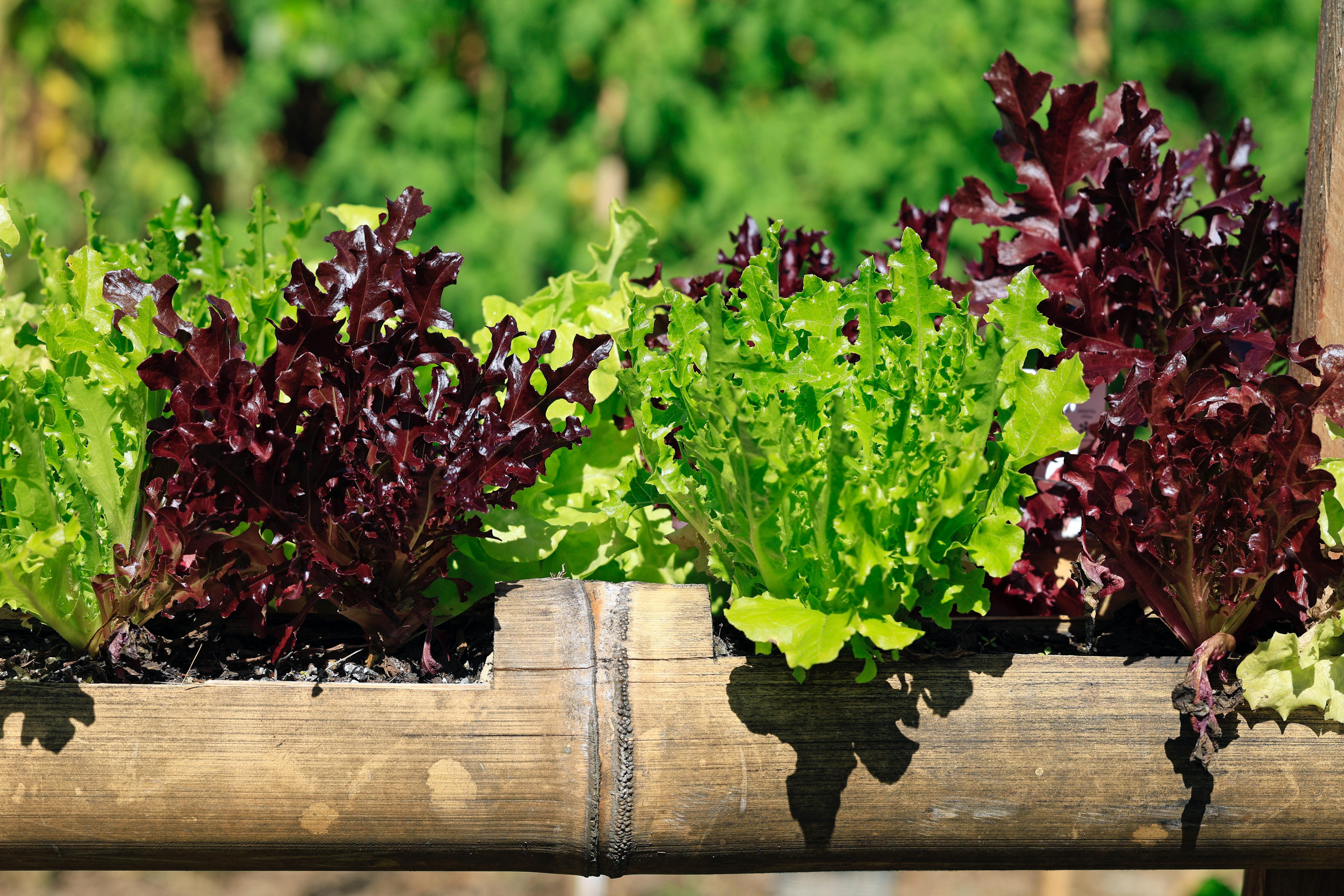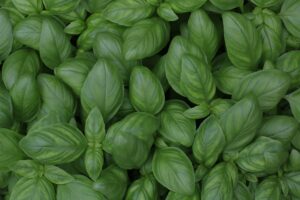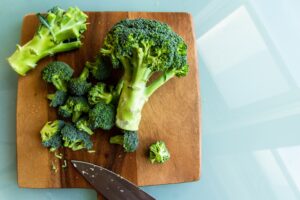Growing edible greens is a fantastic way to add flavorful, healthy, and fresh ingredients to your dishes. A general guide to growing edible greens is provided below:
Choosing the proper location:
The majority of edible greens prefer fertile soil and lots of light. Choose a location where there is direct sunlight for at least 6 to 8 hours each day.
Choosing the greens:
There are many choices among the edible greens, including lettuce, spinach, kale, arugula, Swiss chard, and others. Pick vegetables that you like to eat and that are suited to your climate.
Get the soil ready:
By incorporating organic matter, such as compost or well-rotted manure, you can work on enhancing the soil. Greens prefer soil that retains moisture well.
Planting:
You have two options: either start with seeds or buy young seedlings from a nursery or garden center.
Observe the recommended spacing specified on the plant or seed label. Typically, seeds should be sown between 2-4 inches and 1/4 inch deep, depending on the variety.
Watering:
Maintain a constant moisture level in the soil that is not wet. In order to avoid bitterness and bolting (premature flowering), greens prefer a constant flow of water.
Mulch:
Around your greens, spread a layer of organic mulch (straw, chopped leaves, or compost) to help retain moisture, control weed growth, and maintain soil temperature.
Fertilizing:
A balanced fertilizer with a higher nitrogen content is beneficial for greens. Apply it as directed on the packaging, typically every 4-6 weeks.
Thinning:
If your seedlings were too close together, thin them out when they are a few inches tall so the remaining plants have more room to develop.
Disease and pest management:
Watch out for common pests like slugs, snails, and aphids. If necessary, use organic pest control techniques.
Every season, rotate your crops to lower the risk of soil-borne diseases.
Harvesting:
When the greens are the right size, harvest them. While allowing the inner leaves to continue growing, you can start harvesting the outer leaves.
To prevent causing harm to the plants, use clean, accurate scissors or shears.
Continuous planting:
Consider successive planting every few weeks, especially during the growing season, to ensure a consistent supply of greens.
Storage and use:
Greens that have been harvested should be kept cold. They can be stored in containers or bags made of plastic, with a paper towel added to absorb any extra moisture.
Use the greens you grow at home in salads, sandwiches, smoothies, and other prepared foods.
Extend the season:
Row covers or cold frames can be used in cooler weather to extend the growing season.
To get specific advice based on your location and the type of greens you are growing, read the instructions on seed packets or consult local gardening resources. Keep in mind that different greens may have different requirements. Happy gardening!
The photo is from unsplash.com



